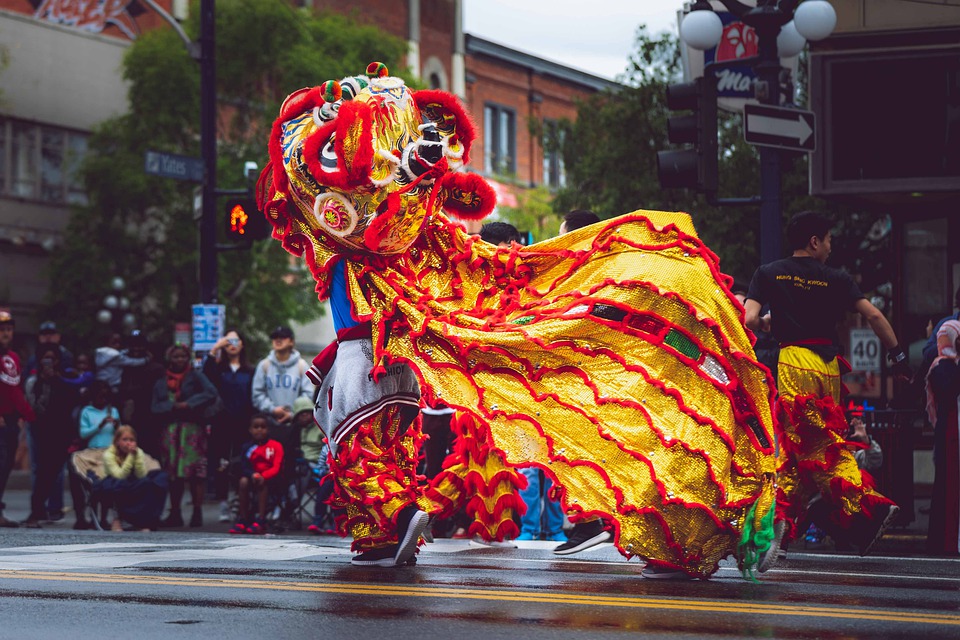
(TAN): The Chinese New Year, which was celebrated worldwide yesterday, marked the transition from the Year of the Pig to that of the Rat this year. Also known as the Lunar New Year or the Spring Festival, it is followed by half a month of festivities that end with the Lantern Festival.
Traditionally, locals either head to their hometowns to spend the occasion with their family or travel to domestic or overseas destinations to take advantage of the national holiday. It is also that time of the year when the Chinese diaspora put together colourful parades, fireworks displays, and pageants – including dragon and lion dances in Chinatowns, that are attended by Chinese and non-Chinese locals and tourists alike.
However, celebrations are not restricted to Asian communities alone anymore; the magnitude of Lunar Year celebrations has grown over the past few years with global cities such as New York, San Francisco, Hong Kong, London and Singapore coming up with innovative ways to join in the celebrations. Home to sizeable Chinese populations, these cities are thronged by tourists that come to experience the grandeur of the festival, resulting in a shift of these festivities from the urban Chinatown to Downtown.
[ALSO READ: Las Vegas to get rid of its iconic “What happens here, stays here” slogan]
San Francisco’s Lunar Year celebrations have come a long way; earlier, they mainly included the New Year Parade, reportedly dating back to the 1860s, showcasing extravagant floats and costumes.
Last year, San Francisco, which has the largest Chinatown outside of Asia, reportedly hosted “2019 Happy Chinese New Year Shanghai Cultural Week” to celebrate not just the Lunar New Year but also the 40th anniversary of diplomatic relations between China and the United States. The city witnessed Shanghai-style celebrations as artists were reportedly flown in from Shanghai, San Francisco’s sister city, to perform in the Northern California city.
This year, the Oakland Museum of California will celebrate the Spring Festival on February 8 and 9 with cultural activities, music, food and a petting zoo.
The Scottish capital of Edinburgh reportedly celebrated the Year of the Pig in 2019, the city’s largest ever celebration of the Chinese New Year, with a 15-day programme, the opening of a new Exploring Asia Gallery at the National Museum of Scotland, and a giant lantern display at Edinburgh Zoo.
[ALSO READ: Global Tourism Plastics Initiative aims to tackle root causes of plastic pollution]
London, another city that sees thousands of people joining the lion dances and pageants every year, reportedly organised “Celebrating the ‘Golden Era’ for UK-China Relations” in 2018 that drew 200,000 odd visitors.
Andy Leung, a Londoner, who reportedly participated in the city’s Lunar Year celebrations, said it had grown over the years, and moved to Trafalgar Square, where it is currently hosted.
“When I got involved it was still a community event, run by and purely for the Chinese community. It wasn’t purposely put on to attract tourists. We have more major London companies and city officials involved, making it the huge event it is now,” Leung was quoted by the website of China’s Consulate General in Calgary as saying.
Also, hotels and restaurants organise special events and offer packages to tempt visitors who are reportedly becoming increasingly accepting of others’ multi-cultural backgrounds over time.
[ALSO READ: US to impose visa restrictions on pregnant foreign women to curb ‘birth tourism’]
This year, New York City’s Mandarin Oriental has a ‘Celebrate Chinese New Year’ package on offer that includes breakfast for two, dining or spa services credit worth USD 50 per stay between January 24 and February 9. Room rates start from USD 745 per night.
The United States, Canada and New Zealand reportedly issued commemorative stamps for the Year of the Rooster in 2017.
Chinese New Year celebrations were reportedly introduced to the world by Chinese miners, sailors and workers in the 19th century, and further expanded during the 20th century with the development of Chinatowns in major cities around the world.




